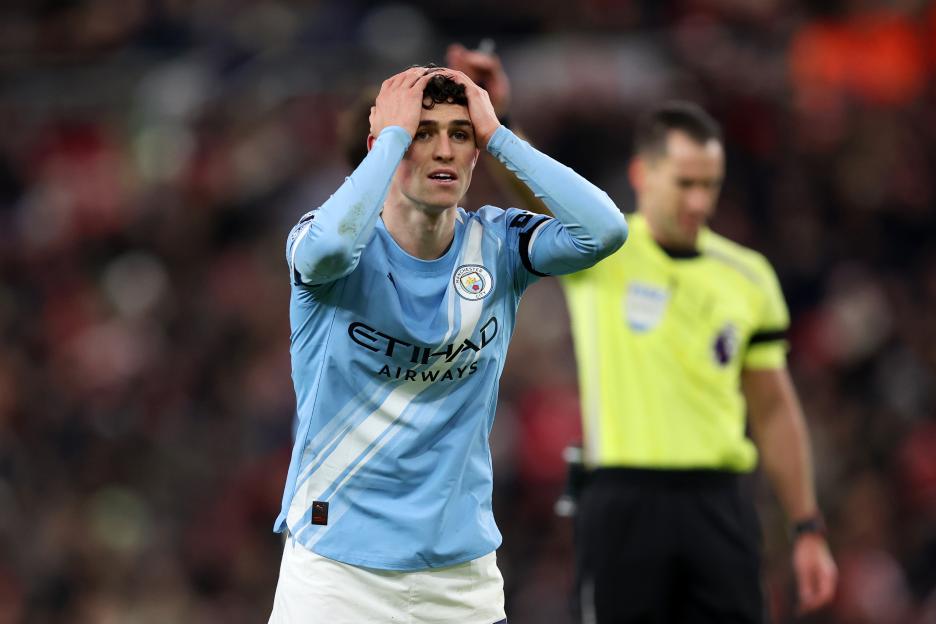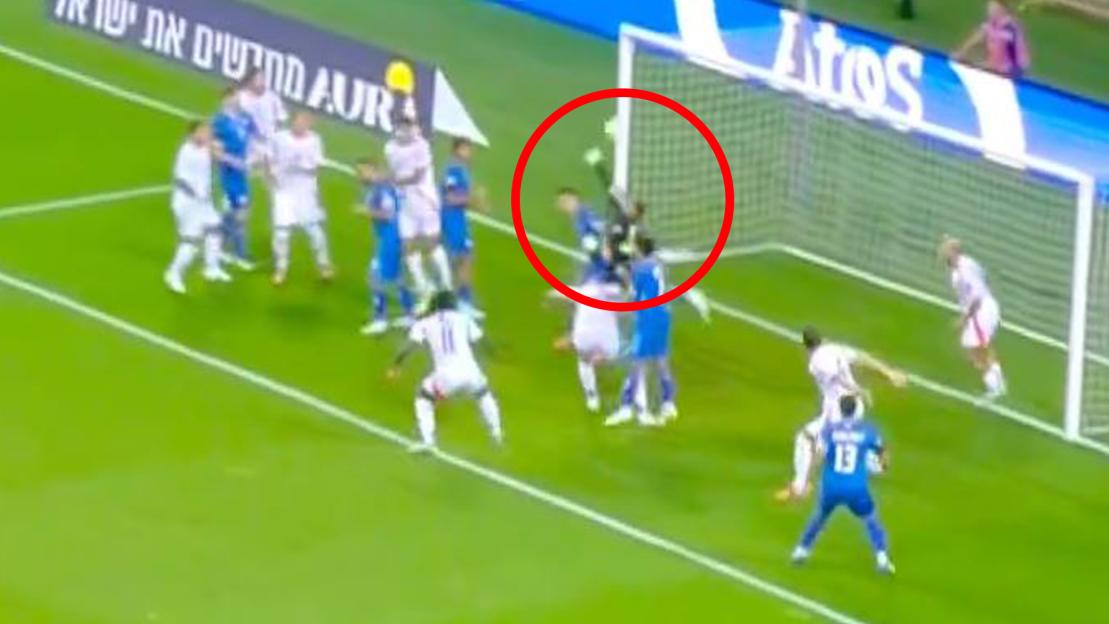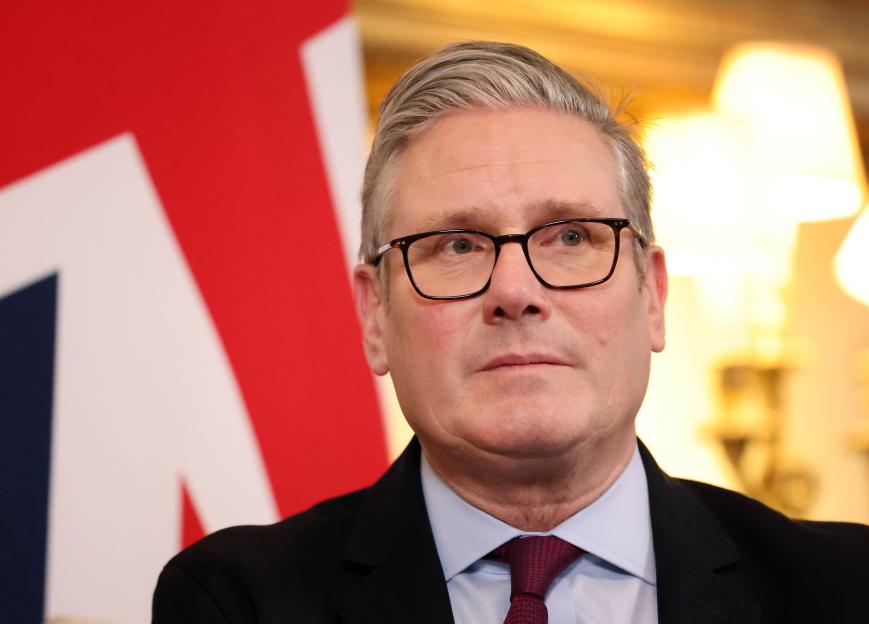While not everyone may be a staunch supporter of defensive tactics in soccer, the clash between Brazilian side Botafogo and Paris Saint-Germain showcased a masterclass in solid defense and the art of executing quick, lethal transitional play. The defensive strategy, skillfully implemented by Portuguese coach Renato Paiva, was executed to perfection. It takes immense cognitive and physical stamina to maintain solid defensive pressure and composure throughout the entire 90 minutes. Covering space methodically without the ball while remaining perpetually alert demands extraordinary effort and taps into numerous physiological reserves.
I’ve always found it puzzling how many Brazilian fans disdain a defensive approach to soccer. This mindset is complex and layered, and it might deserve deeper exploration, potentially leading to a future article on what seems like an irrational bias. One cannot truly appreciate the beauty of offensive play without a solid defensive foundation to challenge it. Both defense and offense are essential components of the game; they work hand in hand, in tandem, and are mutually reinforcing. The derision aimed at defensively-minded matches by many observers in Brazil borders on the absurd, revealing a fundamental misunderstanding of soccer’s dynamics. The obsession could be traced back to the iconic, technically endowed 1970 World Cup squad that dazzled the world with its attacking flamboyance. But let’s not forget that at the same time, that squad boasted a vigorous defensive play across the field. During the period when the Military took the lead in programming the strength and conditioning approach for the Brazilian team, they were truly thriving within that realm. That team was top notch in all elements of the game.
However, the toll of Botafogo’s intense defensive effort left them physically drained, likely contributing to their lackluster performances in the subsequent matches of the tournament. Ironically, following their elimination from this year’s Fifa Club World Cup, Paiva was dismissed. Botafogo may have suffered from what I term FUCO (fatigue unresolved carryover), describing a team’s difficulty and challenges in recovering after back-to-back matches.
A noticeable trend has emerged among the Brazilian teams that participated in this year’s FIFA Club World Cup. Flamengo, Fluminense, Palmeiras, and Botafogo all kicked off with impressive group stage performances. Yet, as the tournament advanced, their physicality noticeably waned. During the second phase of the competition, Bayern Munich nearly blew away Flamengo. Similarly, Fluminense found themselves nearly on the ropes during the final minutes of their quarterfinal against Al Hilal, almost conceding a tying goal that could have taken the match into extra time. Meanwhile, Palmeiras couldn’t match up to Chelsea’s prowess.
It’s hard to overlook the fact that all the European teams entered this tournament after finishing their grueling seasons in their home leagues.
At the same time, South American teams are just kicking off their seasons, and they are used to playing in much warmer climates compared to what the European teams are familiar with.
One would assume that all these climatic factors, along with the Europeans facing fatigue from an intense end-of-season schedule, would give the South American teams a clear advantage. However, while the Brazilian teams started the competition somewhat robustly, they soon struggled and lost momentum. Inversely, the Europeans may have begun slowly but hit their stride and blossomed when it mattered most. So, how is it that the physical conditioning and overall play of the European teams were superior to the four Brazilian teams participating this year?
In the later stages of a tournament like the FIFA Club World Cup, players get fewer days of recovery before their next match. Therefore, managing recovery strategies and monitoring players’ workloads is critical. The second phase of the Cup presents an excellent opportunity to apply exercise physiology findings to enhance player recovery. If you don’t want to succumb to FUCO, you need the aid of science.
In recent decades, exercise physiology has seen significant advancements. Sports like cycling and track and field have been pioneers in adopting various recovery methods. Moreover, several special forces units have explored these techniques, boosting their physical performance and effectiveness. Many of these units embrace a cutting-edge and vanguard approach, experimenting with a wide array of techniques across various domains of exercise physiology to achieve peak performance. They adapt their strategies to meet the unique physiological needs of each member, demonstrating remarkable flexibility. Having observed their practices closely, I can confidently vouch for their innovative spirit.
Following this trend, many soccer teams are now integrating similar approaches, although some countries excel more than others in this area. World Renowned Scandinavian research institutions have set a high standard from the early days of exercise physiology. As the second phase of the Fifa Club World Cup features consecutive matches, teams aiming for advancement in the tournament will need to capitalize on these emerging insights into recovery and maximizing performance.
Contrary to popular belief, players often need a significant amount of time to recover between matches. After a physically demanding event, such as a soccer game, the musculoskeletal system can experience considerable adverse changes. Some aspects of recovery take weeks to restore fully. A team may manage without specific recovery strategies after a single match, provided they have sufficient days of rest beforehand. However, these strategies become crucial when matches are back-to-back, leaving little time for recuperation. This situation was precisely what Croatia faced during the 2018 World Cup. They endured two grueling overtime matches in the quarterfinals and semifinals. They had one day less to recover before taking on France in the final (i.e., France played their semifinal match the day before the Croatian semifinal and did not face overtime play in their semifinals and quarterfinals). By the time the Croatians stepped onto the pitch for that decisive match, they were depleted, clearly at a disadvantage against a much fresher and well-rested French side. The challenges posed by their lack of recovery were evident and astounding. They paid the price. FUCO (fatigue unresolved carryover) got to them. It’s possible that one or more components were lacking in the overall system and recovery protocols used by the Brazilian teams.
Fortunately, implementing targeted nutritional and supplementation strategies can help accelerate recovery. The hours following an exhausting soccer match are critical for replenishing glycogen, the fuel stored in muscles essential for their function. Think of glycogen as the gasoline that powers skeletal muscles. Just as an F1 McLaren cannot finish a race without enough fuel, a team full of superstars will struggle on the field if their glycogen reserves are low before game day. Recovery schemes should be chosen carefully depending on the phase of match play and other circumstances. For example, they can be used immediately before the start and the last half of overtime during a soccer match. In tandem with supplementation, during the days following a hard-fought game, players’ training load needs to be reassessed entirely and strictly controlled according to exercise physiology principles.
Teams should avoid keeping players in a constant state of fuel depletion. Managers must adopt a dual strategy: meticulously managing workload between matches while employing appropriate recovery protocols.
However, knowledge of this dual dynamicâload control and supplementation strategiesâis not universal in the field, and even in countries with access to this knowledge, a given manager may impede the implementation of these tools. It is astonishing what some head coaches put their players through in the 48 hours leading up to a match. This issue has persisted for decades, with stories of absurd training loads being implemented before historic matches tracing back to World Cups in the 1980s.
An exercise physiologist can leverage specific, advanced resources to enhance and sustain an individual’s physiological capacity. The effectiveness of these strategies largely hinges on the athlete’s commitment to adhering to the recommended schedules for consuming various substances throughout the day. As recovery experts, Exercise physiologists must possess the tenacity to take extreme measures and push these strategies to ensure adherence from the players at all costs. Employing persuasion and other psychological techniques is essential for fostering compliance. This dedication to achieving excellence is a crucial element. Additionally, other modalities outside of the nutritional umbrella can also be utilized to augment recovery processes.
Both finalists of this year’s FIFA Club World Cup are likely incorporating at least some elements of these approaches in preparation for the grand finale taking place this Sunday in New Jersey.
Both Chelsea and PSG achieved impressive wins against their semifinal opponents, with both matches resolved in regular time, avoiding overtime entirely. Chelsea heads into the final on Sunday enjoying an extra day of recovery, having played their semifinal a day earlier than PSG.
PSG dominated Real Madrid in the semifinals, showcasing their superiority on every front. The final score could have been more lopsided, and Real Madrid should be thankful not to have faced a heavier defeat. Ironically, PSG found its strength after parting ways with Messi, Mbappé, and Neymar. Letting go of those three-star players paved the way for a more cohesive team dynamicâone that now plays in perfect harmony. The individualism and drama that previously plagued the squad have faded, and they now stand on the brink of solidifying themselves as the top team in the world.
The reality is that even an extra day of recovery might not be enough to contend with the powerhouse PSG has become. With an impressive blend of individual talent and strong tactical cohesion, PSG poses a formidable challenge for any opponent, especially in high-stakes situations. Time and again, they have demonstrated their strength when it counts the most. Chelsea will undoubtedly need to bring their A-game to this final match. It could be a tough night for them, yet soccer has a way of being unpredictable. The desire to win goes beyond mere statistics, and perhaps that drive, when combined with other sound strategic and tactical elements, is their only hope of pulling off an upset. In much more lopsided sports duals, astonishing upsets have taken place.
And miracles do happenâjust look back to the Winter Olympics in Lake Placid in 1980, where we witnessed one of the most incredible performances in sports history, showcasing grit like no other. For Chelsea to triumph over PSG wouldn’t be a miracle; they’ve made significant strides since the initial rounds of the competition. However, they need to summon the same grit and determination displayed by the US Olympic Hockey team that famously defeated the Soviets. The young American athletes demonstrated an indomitable will and spirit during that memorable match in Lake Placid.
Moreover, they may want to get in touch with Renato Paiva, the head coach of Botafogo, who skillfully implemented a “firewall”; defensive strategy that successfully neutralized PSG. If they can envision their dreams and harness their determination, they might have a shot at success.
Ricardo Guerra is an exercise physiologist who works with professional soccer teams and other elite personnel. He has a Master of Science in sports physiology from Liverpool John Moores University.
Most recently, he provided consultation to elements within the Italian police infrastructure.
Throughout his career, Ricardo has worked with numerous football clubs across the Middle East and Europe, including serving the national teams of Egypt and Qatar. In 2015, he took on the role of exercise physiologist for Olympique de Marseille during their run to the French Cup final against PSG.
Ricardo holds the highest coaching license from The Football Association (England) and a UEFA license. He has traveled extensively worldwide, collecting data and evaluating the physiological capacity of soccer players from various countries.
For years, he has been consulting with some of the most elite athletes in the strongman modalities and refining those methodologies for practical purposes.
The author is a Ph.D. candidate and the author of an upcoming book about Brazilian soccer.
His articles have been published in over five languages across multiple news organizations.
He can be contacted at rvcgf@hushmail.com







